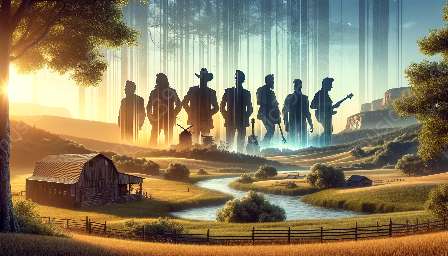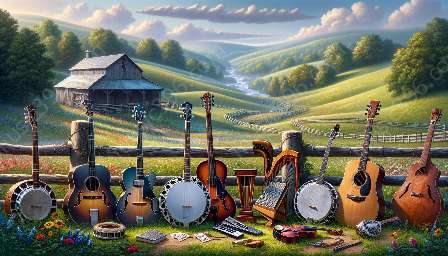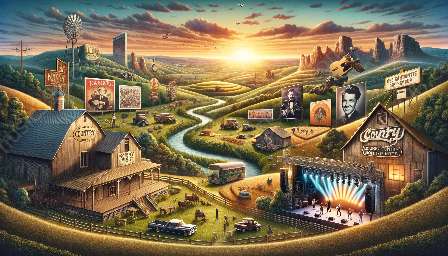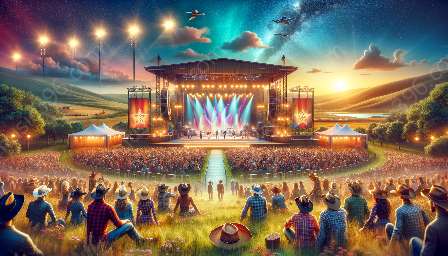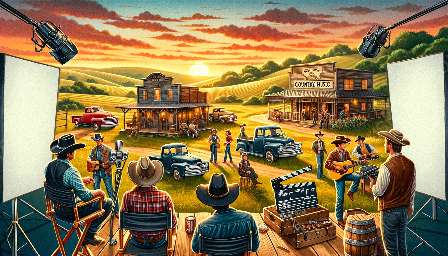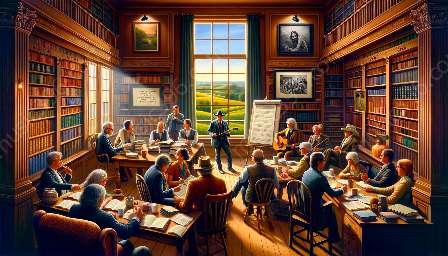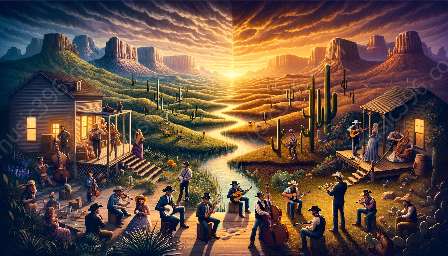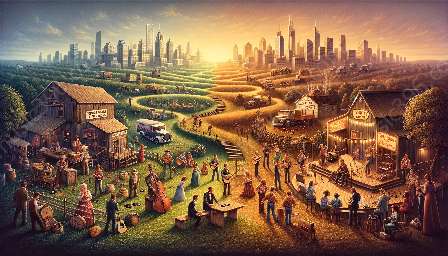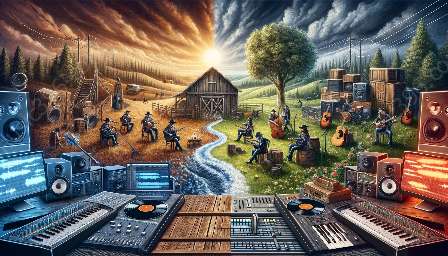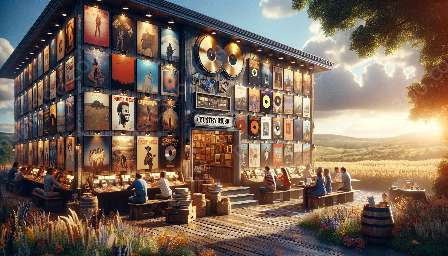Country music has undergone significant evolution throughout its history, with the emergence of different eras bringing forth varying musical instrumentation and vocal styles. Understanding these elements is crucial to grasping the genre's rich heritage and how it has shaped the cultural landscape.
The Early Roots of Country Music
The roots of country music can be traced back to the 1920s, when it emerged as a distinct genre influenced by Appalachian folk music, blues, and gospel. During this era, musical instrumentation primarily comprised acoustic string instruments such as the guitar, fiddle, banjo, and mandolin. The vocal styles prevalent in early country music were often characterized by plaintive and emotive delivery, reflecting the raw emotions of rural life and love lost. The vocal harmonies tended to be simple, typically featuring a lead vocalist accompanied by sparse background harmonies.
The Honky-Tonk and Western Swing Era
The post-World War II era brought about the rise of honky-tonk and western swing, significantly influencing the sound of country music. This period saw the incorporation of electric instruments such as the electric guitar, pedal steel guitar, and amplified bass. These additions brought a more energetic and vibrant sound to the genre, reflecting the changing social and cultural dynamics of the time. Vocal styles also evolved during this era, with honky-tonk music often characterized by emotive, heart-wrenching vocals, conveying the struggles of everyday life and heartache.
The Outlaw Country Movement
In the 1970s, the outlaw country movement emerged as a rebellious response to the polished Nashville sound dominating the airwaves. This era saw a return to more traditional country instrumentation, with a renewed focus on acoustic guitars, fiddles, and steel guitars. Vocal styles during the outlaw country movement often featured a gritty, unapologetic delivery, reflecting the no-nonsense attitude of the movement's leading figures like Willie Nelson and Waylon Jennings. The vocal harmonies of this era often showcased a raw and earthy quality, conveying a sense of authenticity and rebellion against the mainstream.
The Modern Era and Contemporary Country Music
Contemporary country music has continued to evolve, incorporating elements from various musical genres such as pop, rock, and hip-hop. This era has seen a diverse range of musical instrumentation, with the inclusion of synthesizers, drum machines, and a more prominent use of electric guitars. Vocal styles in modern country music have also diversified, with artists exploring a wider range of vocal techniques and stylistic influences, resulting in a more eclectic and cross-genre sound.
The Impact of Musical Instrumentation and Vocal Styles on Country Music
The evolution of musical instrumentation and vocal styles has played a pivotal role in shaping the identity and sound of country music over the years. These elements not only reflect the cultural and historical contexts of different eras but also serve as a reflection of the genre's adaptability and ability to resonate with evolving societal dynamics. By understanding the evolution of country music instrumentation and vocal styles, we gain valuable insights into the genre's enduring legacy and its capacity to connect with audiences across generations.


